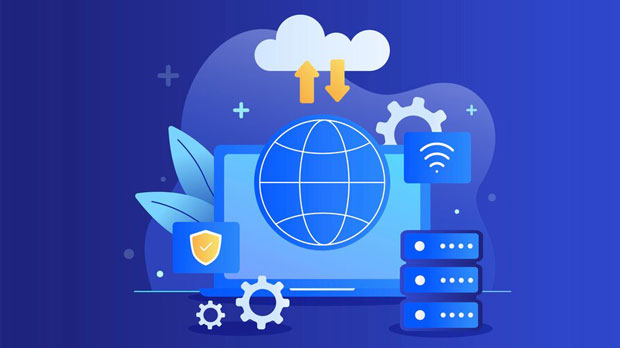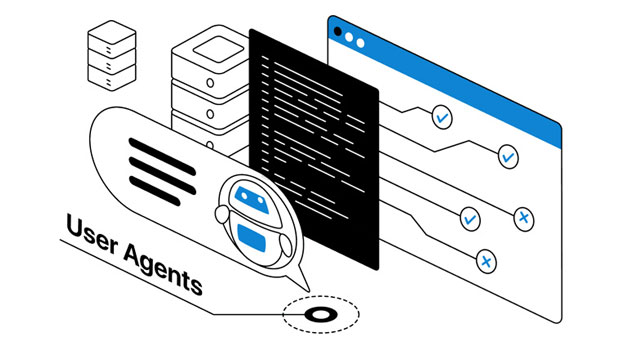PYPROXY is a widely used tool for routing network traffic through proxies, often employed to ensure anonymity, bypass geographical restrictions, or balance traffic loads. However, there are instances when PyProxy can cause network connection failures. This article aims to explore the reasons behind such failures, providing a clear and structured analysis. We will dive into potential issues related to network configurations, proxy settings, firewall rules, and other technical factors. Understanding these challenges can help users identify and resolve issues when PyProxy fails to establish a stable network connection. Introduction to PyProxy and Common Use CasesPyProxy, as a Python-based proxy tool, serves as a middleman between a user's device and the internet. Its main role is to mask the user’s IP address by rerouting requests through an intermediary server. This is commonly used for web scraping, securing browsing activity, or even bypassing certain restrictions. Despite its advantages, users occasionally encounter network connection failures that can disrupt normal operations.Several factors could contribute to such failures. These factors often stem from improper configurations, incompatible protocols, or external network-related issues. Understanding the underlying causes of these failures can provide insight into how to prevent or mitigate them, ensuring that the network traffic flows smoothly through the proxy server.1. Misconfiguration of Proxy SettingsOne of the most common causes of network failures when using PyProxy is misconfiguration of proxy settings. Whether the user is manually configuring the proxy server or relying on automatic settings, incorrect proxy details can lead to issues like connection timeouts, unreachable servers, or slow response times. For instance, if the IP address or port number of the proxy server is incorrect, PyProxy will fail to connect to the proxy, leading to network failure. Additionally, selecting the wrong type of proxy (HTTP, SOCKS, etc.) that doesn't match the network's requirements can create compatibility issues, preventing successful communication between the client and server.Properly configuring proxy settings is critical for PyProxy to function correctly. Even minor mistakes, such as entering an incorrect port or failing to authenticate properly, can break the connection and cause failure.2. Network Latency and Proxy OverloadAnother significant reason why PyProxy may fail to establish a connection is network latency and proxy server overload. Proxy servers often handle requests from multiple users simultaneously. If the server becomes overloaded or experiences high traffic, it may struggle to route requests efficiently. This can lead to slow responses or complete failure in connecting to the internet.Moreover, network latency can also contribute to delays in communication between the user and the proxy server. High latency is common when the proxy server is located far from the user's geographical location. In such cases, PyProxy may fail to maintain a stable connection due to timeouts caused by the excessive round-trip time.To mitigate these issues, it is important to select a proxy server that is geographically closer to the user, or one that can handle higher traffic loads without significant performance degradation. Additionally, checking the server’s status and ensuring it is not overloaded can help improve the reliability of the connection.3. Firewall and Security SettingsFirewall rules and security settings can significantly impact the ability of PyProxy to establish a network connection. In many cases, security software or firewall settings on the user's device or within the network infrastructure may block proxy traffic, either intentionally or as a result of misconfigured rules.For example, firewalls may block outgoing traffic to specific ports or IP addresses used by the proxy, preventing PyProxy from connecting to the server. Similarly, if the user’s device is within a corporate or highly secure network, the firewall might restrict the use of external proxies, causing network failure.It is essential to review firewall and security software settings to ensure that they are not blocking or interfering with the proxy connection. Adjusting firewall rules to allow traffic through the relevant proxy ports can resolve these connection issues.4. Proxy Authentication IssuesAuthentication problems with the proxy server are another common reason for network connection failures when using PyProxy. Many proxy servers require users to authenticate before they can access the network. If the authentication credentials (username, password, or token) are incorrect or expired, the connection will fail.Moreover, some proxies use advanced authentication methods, such as SSL certificates or OAuth tokens. If PyProxy is not configured to handle these authentication methods, it may fail to establish a connection. Additionally, outdated or incompatible authentication protocols can cause problems.To avoid authentication issues, users should ensure that they are using the correct credentials and that these credentials are up to date. It may also be necessary to configure PyProxy to support the authentication methods used by the proxy server.5. Incompatible Protocols or Encryption SettingsAnother factor that can contribute to network connection failures is the incompatibility between the network protocols supported by PyProxy and those required by the proxy server. PyProxy supports various protocols like HTTP, HTTPS, SOCKS5, etc. However, if the proxy server only supports a specific protocol that is not compatible with PyProxy’s configuration, the connection may fail.Additionally, some proxies use encrypted communication methods to secure data. If PyProxy is not properly configured to handle encrypted connections, such as SSL or TLS, it might fail to establish a secure tunnel, leading to connection issues.Ensuring that both the proxy server and PyProxy are using compatible protocols and encryption settings is crucial for a successful connection. Users should check whether their proxy server requires SSL/TLS and configure PyProxy accordingly.6. Proxy Server Restrictions and Blocked IPsCertain proxy servers impose restrictions on specific types of traffic, geographical regions, or even individual IP addresses. For instance, some proxies may block IP addresses known for malicious activity, or they may limit the types of traffic that can pass through the server. If PyProxy attempts to route traffic through a restricted proxy, the connection will fail.Furthermore, proxy servers often blacklist IP addresses that have made too many failed requests in a short period of time. This can result in a temporary or permanent block, preventing PyProxy from connecting to the internet.To address this, users should ensure that the proxy server they are using does not block their IP address or restrict the type of traffic they intend to send. It is advisable to choose proxies with fewer restrictions to reduce the likelihood of connection failures.7. DNS Resolution IssuesFinally, DNS resolution problems can also contribute to network connection failures when using PyProxy. If the proxy server is unable to resolve domain names correctly or if the DNS settings are misconfigured, PyProxy may fail to connect to the intended destination.DNS resolution issues often arise when there are inconsistencies in the DNS servers being used by PyProxy or when the proxy server’s DNS is slow or unreliable. This can result in timeouts or failed connection attempts.To fix DNS resolution issues, users should ensure that their DNS settings are correctly configured and that they are using reliable DNS servers. Switching to alternative DNS providers or adjusting DNS settings within PyProxy may help resolve these problems.In conclusion, there are various reasons why PyProxy may cause network connection failures. Misconfigured proxy settings, network latency, firewall restrictions, authentication issues, protocol incompatibilities, and DNS resolution failures are just a few of the potential causes. By understanding these factors and troubleshooting accordingly, users can enhance the stability and reliability of their PyProxy connection. Whether it's adjusting firewall settings, ensuring correct proxy configurations, or selecting a more appropriate proxy server, addressing these issues will help ensure smooth and uninterrupted network connectivity.
Apr 08, 2025
![arrow]()




























































